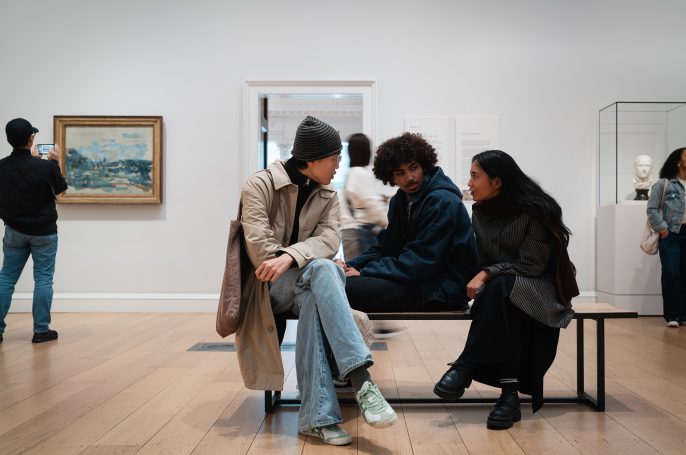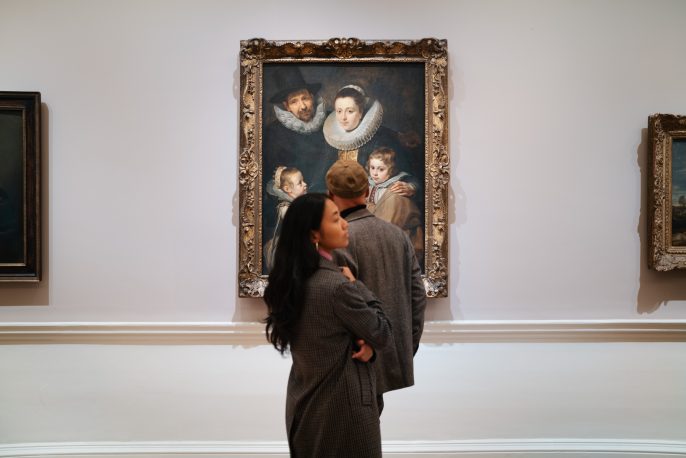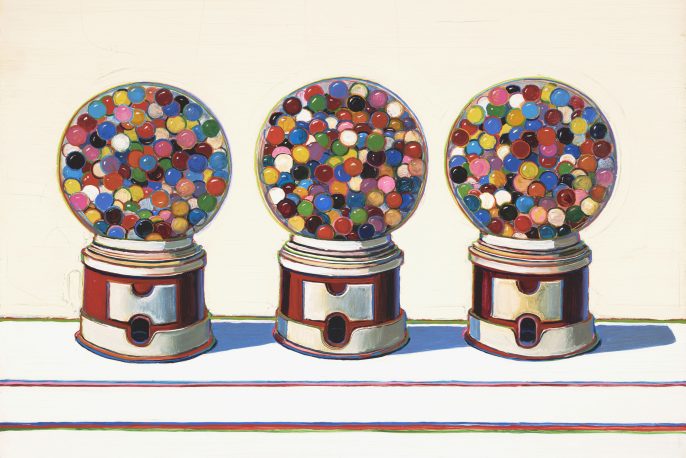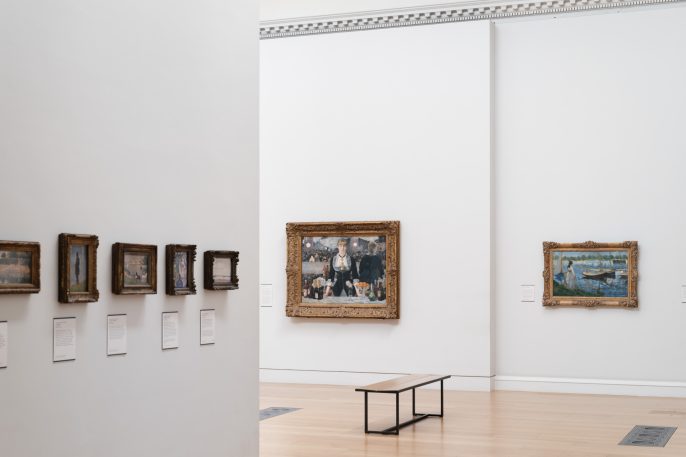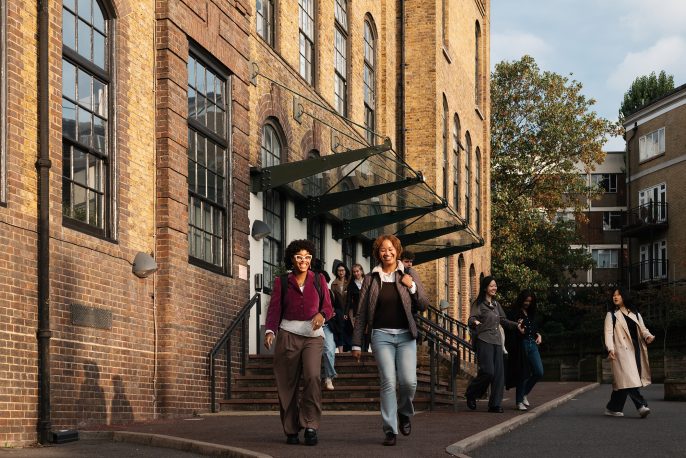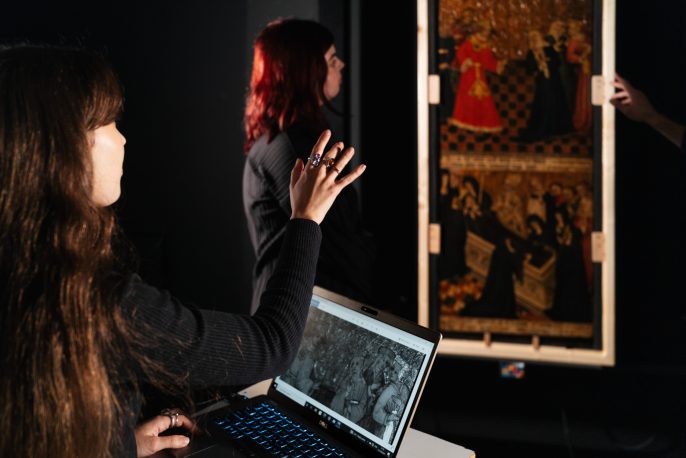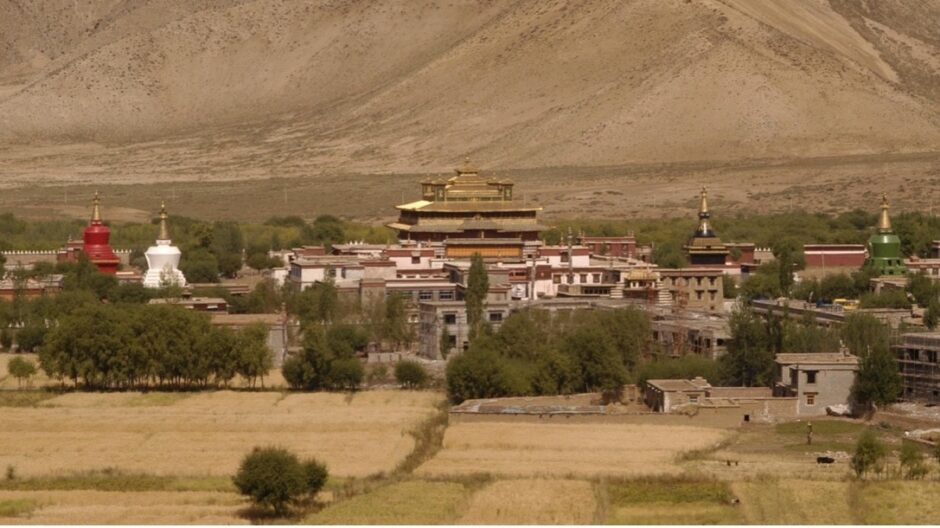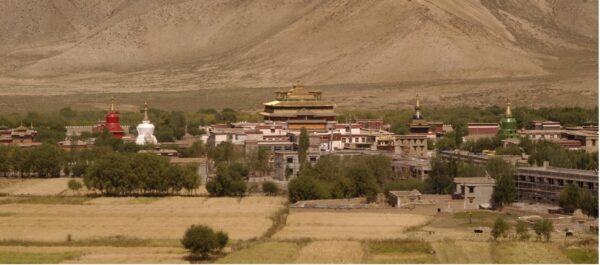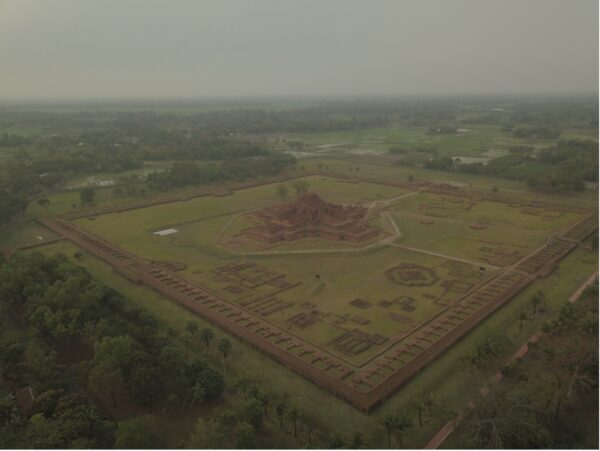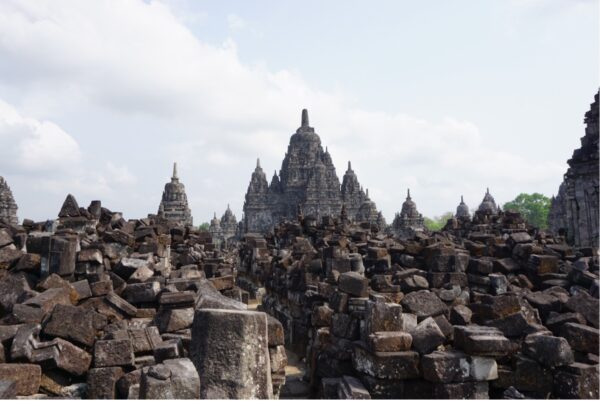The story of the foundation of Samye Monastery by the Tibetan king Trisong Detsen (c. 754–c. 799) is well-known. Samye was the first temple-monastery of its kind built in the region and is widely regarded as the key monument in the ‘first dissemination’ of Buddhism to Tibet. And this monastery is associated with two figures central to this process, Śāntarakṣita, a monk from north India, and Padmasambhava, a tantric ritual expert from the Swat Valley. But Samye presents a problem for architectural history. Most of what stands at the site today was built in the late 20th century, following damage sustained during the Cultural Revolution (1966–76). This puts Samye in an ambiguous position: it is both the most famous and significant early Buddhist building in Tibet, and one of the least accessible to architectural history today.
In this talk, Louis Copplestone takes Samye Monastery as a starting point to explore a brief period of architectural invention and rapid transregional exchange, which, he argues, took place between Buddhist communities across southern Asia in the final decades of the 8th century. He compares this early temple-monastery in Tibet with architectural remains at Paharpur in northern Bangladesh and Candi Sewu in Central Java, and proposes that these sites formed an architectural network of sorts. Their design and construction suggest that architectural ideas circulated widely across these sites despite the great cultural and geographic distances between them.
He shows how the establishment of this network of temple-monasteries may be associated with several highly mobile religious experts, mostly monks, who disseminated a set of new ideas concerning the relationship between Buddhists and their sacred architecture. Specifically, he argues that this new kind of temple-monastery was part of a wider Buddhist project to provide patron-kings and their subordinates with ways to fulfil their worldly and spiritual ambitions, in this case through the establishment of new state-supporting Buddhist institutions realised in an architecture rich in cosmographic significance. By placing Samye within this transregional history of Buddhist architecture in the late 8th century, Copplestone suggests a new way to make sense of this important yet historically elusive building and clarify its place in a broader history of architectural exchange in medieval Asia.
Dr Louis Copplestone is the Curator of Southeast Asia at the Victoria & Albert Museum. He received a doctorate from Harvard, where his research focused on medieval Buddhist art and architecture. Before coming to the V&A, he was an art history fellow in the Asia Department of the Metropolitan Museum of Art in New York. Louis was a Daiwa Foundation Fellow at the Tokyo National Museum from 2015 to 2017. He holds an MA in Buddhist Art History from The Courtauld (2015) and a BA in History of Art and South Asian Studies from SOAS, University of London (2014).
Organised by Jordan Quill (Phd Candidate, The Courtauld), and supported by Professor Sussan Babaie as part of the series From the Land of Snows: The Art and Material Culture of Tibet and the Himalayas, part of the Trans-Asias Research Cluster.
